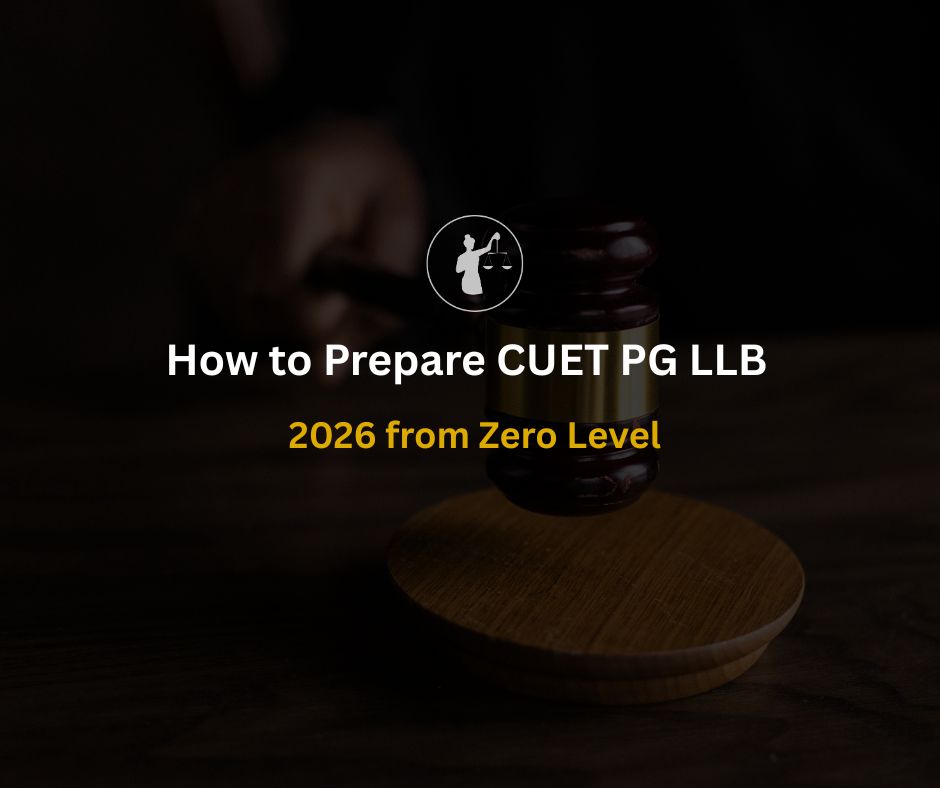
CLAT 2026: All the Latest Changes You Must Know
Every year, CLAT changes. Some years, the paper gets longer. Some years, it shortens. A few times, Legal turns unexpected. Sometimes Quant feels neglected. But CLAT 2026? It brings something more subtle — a shift that doesn’t just affect your prep strategy, but your mental pace, your intuition, and your entire approach to the paper.
And that’s the thing no one’s really saying: the format may be shrinking, but the pressure is expanding.
So instead of treating “CLAT updates” like a notice board of rules, let’s break down how this version of the exam is quietly rewiring what it takes to succeed — and how you can prepare with that lens.
Let’s clear the basics first — not because you haven’t heard them, but because the implications often get glossed over:
120 Questions, 120 Minutes
This isn’t just “less time, fewer questions.” It’s a recalibration of focus. In older formats, a few bad guesses were easier to recover from. Now? Each question carries heavier weight. There’s less breathing room. Less space for carelessness.
Same Sectional Format
English, Current Affairs, Logical Reasoning, Legal Reasoning, Quantitative Techniques. No, nothing “officially new.” But yes — the demands have subtly shifted.
Pattern Stability = Skill Shift
CLAT no longer surprises with format flips. It surprises with where it hides difficulty — tone-based RCs, ethically tangled legal passages, ultra-close Logical Reasoning options. That’s where toppers are made or lost now.
But here’s the part you don’t hear often:
This format tests not how much you know, but how fast you can retrieve, decide, and move. That’s the real change.
1. You Don’t Get to “Warm Up” Anymore
CLAT 2023 and earlier allowed for a few buffer questions — the early GK you could rush through, the opening RC you could coast past. But now, there’s no real ramp-up. Every question matters. Every wasted minute is a snowball.
→ Strategy shift: Build mock habits where the first 5 minutes matter as much as the last 15. If your brain only switches on after Section 1, you’re already lagging.
2. There’s No Room Left for “Partial Understanding”
You can’t half-know an option anymore. You can’t skim an RC and hope the answer sounds familiar. With fewer questions, the margin for “almost right” has disappeared.
→ Training upgrade: When you review mocks, don’t just ask “Why was I wrong?” Ask, “What assumption made me believe this was right?” That’s where CLAT is attacking now — subtle, slippery logic.
3. Time Anxiety Is a Section Now
It’s not just Quant that eats time anymore. Even English can throw off your pacing — dense RCs, or a Legal passage with layered facts. And here’s the kicker: CLAT knows that. It’s designed to test your response to pressure, not just your accuracy in silence.
→ Real fix: Track not just wrong answers, but when they happen. If you’re messing up in the 60–80 minute range every time, that’s not content weakness — it’s focus fatigue. Work on that, not just topic drills.
They treat CLAT 2026 like a smaller version of earlier CLATs.
It’s not. It’s tighter. It’s psychologically more demanding. It punishes hesitation. It exposes weak instincts. And most importantly — it’s favoring the self-aware over the syllabus-complete.
So if you’re still solving mocks the same way you were six months ago — full paper, score check, move on — you’re missing the point.
The toppers this year? They’re not just tracking scores. They’re tracking:
Which section breaks their rhythm
Where their panic starts showing
Which assumptions keep failing under pressure
What their last 20-minute performance looks like across 5 mocks
That’s the prep model CLAT 2026 demands.
Here’s what changes with this format, and how you should respond — not in theory, but in practice:
1. Treat Legal as the Decision-Maker
Legal’s always been a CLAT-defining section. But now, with compressed time and tougher questions, it’s a pacing monster. A 6-minute overstay here can collapse your Quant or LR.
→ Practice 3 legal passages back-to-back. Track the moment your accuracy dips — that’s your threshold. Then train to push it.
2. Don’t Just Read — Learn to Eliminate
RC and LR options are no longer outright wrong. They’re almost right. Learn to catch the 1-word flaws: overly strong, slightly off-tone, unnecessarily emotional, or factually detached.
→ For every wrong answer you chose in a mock, write a micro-commentary on what tempted you. Do this 10 times, and your instinct starts auto-correcting mid-exam.
3. Quant Isn't Optional — It’s the Swing Section
Yes, it’s just 10–14 questions. But when Legal and GK are shaky, Quant becomes the scorer’s tiebreaker.
→ You don’t need to be a genius. You need to be automatic. Drill the 7 most recurring quant topics until they feel like breathing.
CLAT 2026 is the kind of paper that won’t ask anything wild. It won’t throw shocker topics. But it will push you into moments of micro-hesitation — and if you’re not used to pressure, those tiny moments will cost you the rank you wanted.
So the real prep isn’t just about covering material. It’s about training your instincts under fire.
That’s where mentorship matters.
And that’s where NLTI fits in—not as a “course,” but as a mindset ecosystem. The mocks simulate pressure accurately. The mentors don’t just teach — they notice patterns in your performance you didn’t catch. They correct the assumptions behind your mistakes, not just the mistake itself.
Because in this version of CLAT, success doesn’t come from completing the syllabus.
It comes from knowing exactly how you behave when things get hard.
Frequently Asked Questions on CLAT 2026.
1. Will CLAT 2026 have sectional time limits like some other exams?
Answer: No, CLAT doesn’t have sectional time limits. You manage the 2-hour limit across all sections — so your time strategy matters more than ever.
2. Is Legal Reasoning now more fact-based or principle-heavy in 2026?
Answer: Legal Reasoning still focuses on principle-application. But CLAT 2026 leans into real-life context, subtle tone shifts, and less obvious conclusions — not black-and-white logic.
3. Do coaching mocks reflect the actual CLAT 2026 paper accurately?
Answer: Some do, but many still over-engineer questions. Pick mock creators who focus on subtlety, not just difficulty.
4. Should I prepare General Knowledge like UPSC-style current affairs?
Answer: No. CLAT GK is context-driven and test-focused. Depth matters, but you don’t need editorial-level recall — just informed awareness and tight retention.
5. Will there be negative marking in CLAT 2026?
Answer: Yes, 0.25 marks will be deducted for every wrong answer — just like before.
6. Are CLAT 2026 RC passages becoming more abstract or practical?
Answer: More practical. They now reflect real policy, legal, or social issues. Abstract philosophy-type passages are rare.
7. Is reading speed still the biggest factor in CLAT 2026?
Answer: Not speed alone — comprehension under pressure is what separates top ranks. Reading fast but missing intent won’t help.
8. Has the level of Logical Reasoning changed in CLAT 2026?
Answer: Yes — the section is now less formulaic. Expect reasoning layered in passage form, with fewer clear “rules” and more interpretation.
9. Can I still crack CLAT 2026 if I start seriously in August?
Answer: Yes, but you’ll need tight planning, adaptive mocks, and focused revision. Time pressure will be real.
10. Is vocabulary still indirectly tested in CLAT 2026?
Answer: Definitely. Word precision influences RC answers and tone detection in Legal and Logical questions — but it’s never directly asked.





